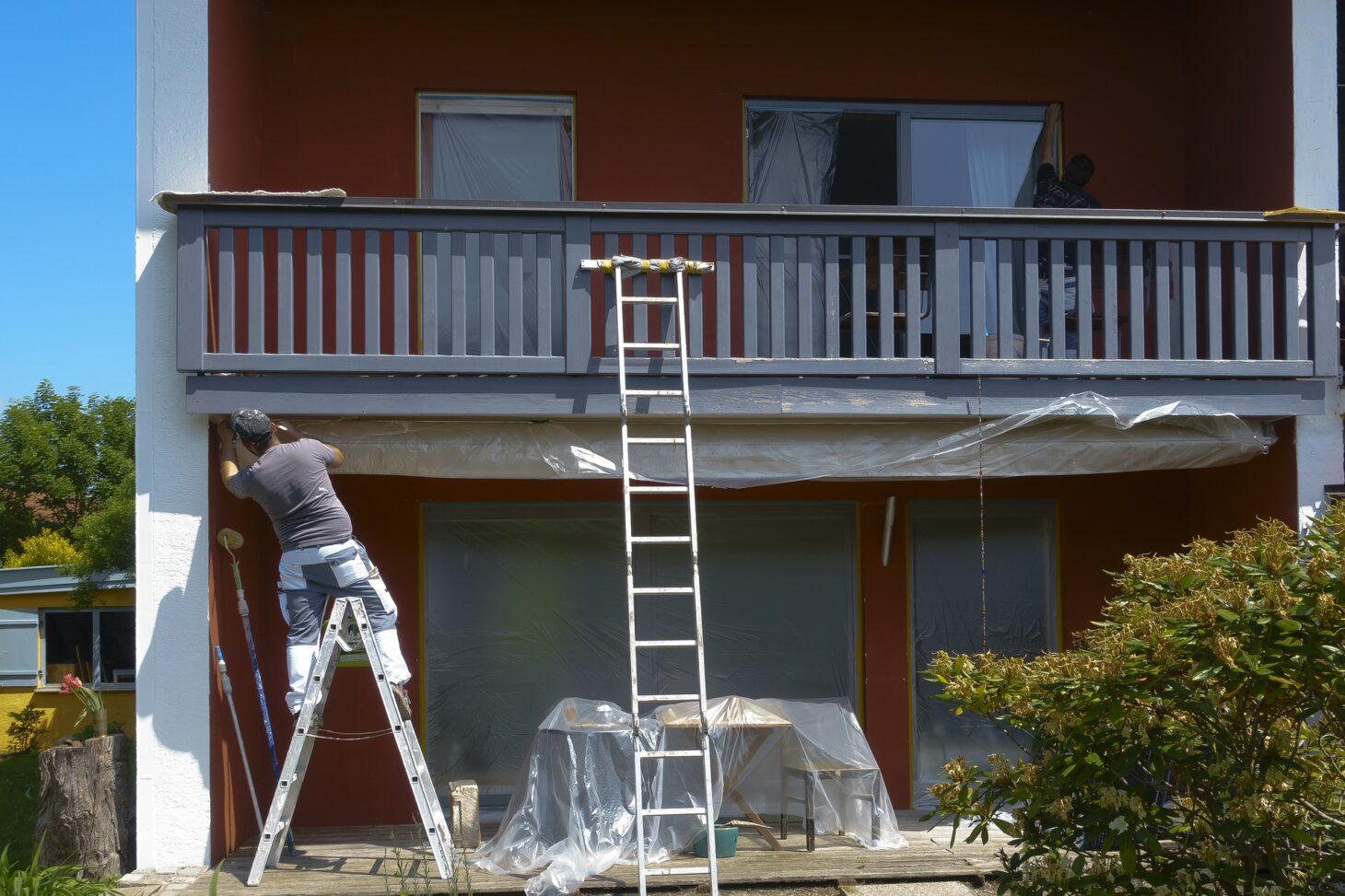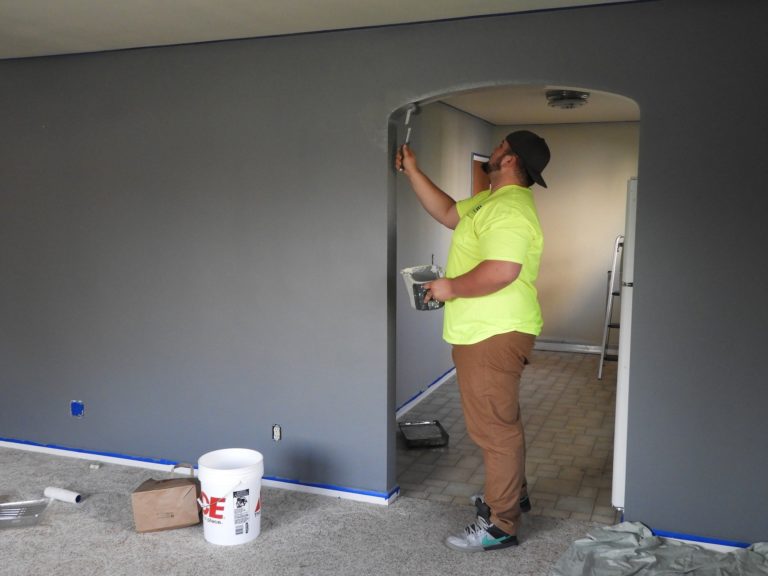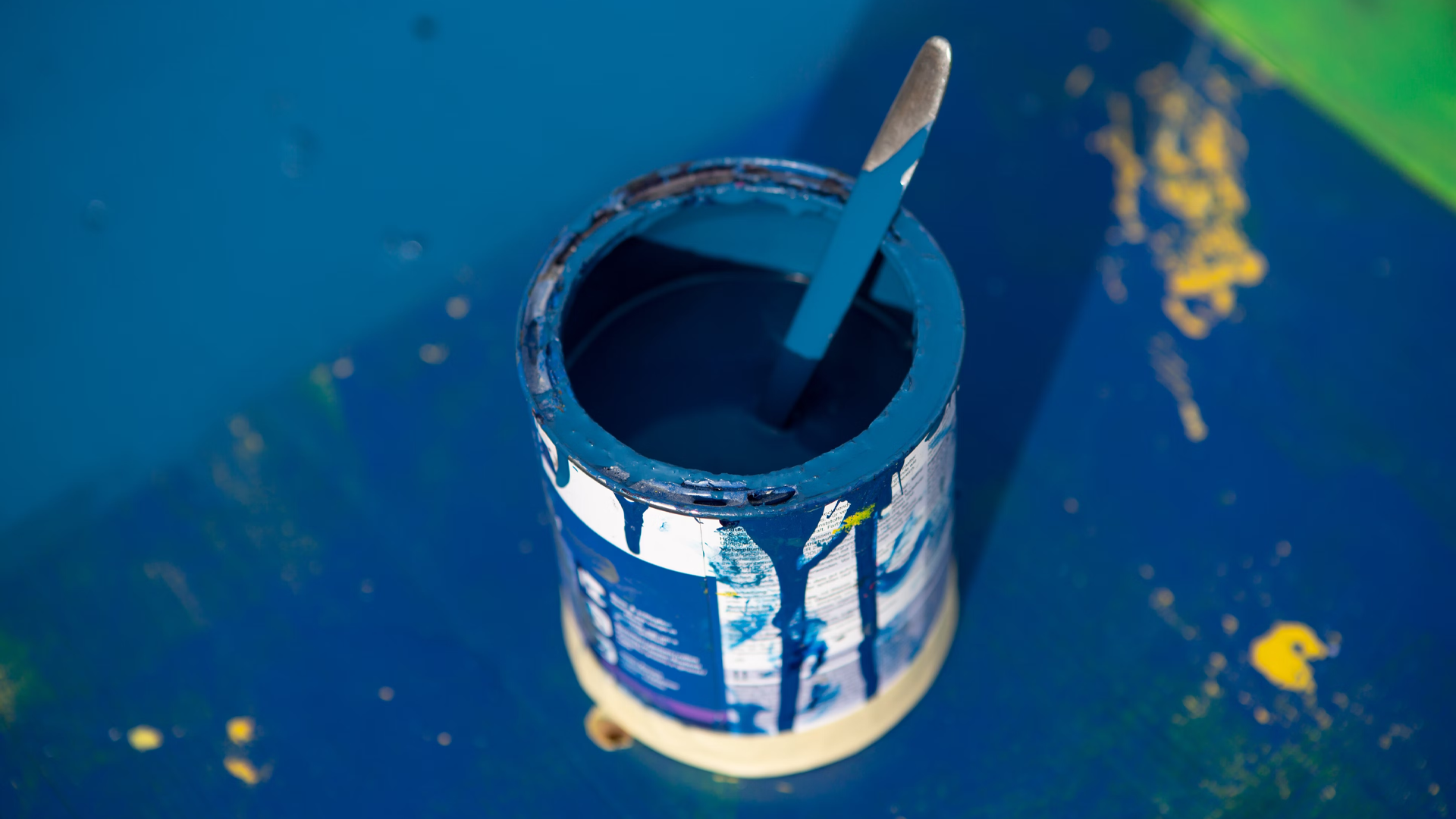What type of paint should you use if you plan a decorating project this year? Will you use trade-only paint or paint from your local home improvement store? Is there a difference between both types of paints, even if they are from the same manufacturer? Why are there two types of paint that appear to be nearly identical?
It can be perplexing for a rookie DIYer to learn that there are two sorts of paint: “trade” paint and DIY paint. We’re not talking about emulsion or gloss here; we’re talking about “trade” paint and DIY paint.
If DIY paint was genuinely excellent, wouldn’t all painters and decorators use it? Is the general population being shortchanged by the paint companies? Are they taking advantage of us?
It appears to be the case.
Most painters and decorators, at least the professional ones, will get their goods from a trade paint store, but why?

Paint from a store vs paint made at home
To begin with, a decorator employing trade paint will want the best masonry paint available for their customer. When painting for someone else rather than yourself, a lot is demanded of you (the painter), and your reputation is on the line.
Considering this, buying cheaper paint is a sign of a cowboy, and any painter who uses it regularly should be avoided. A decorator and painter will go to their local trade store for various reasons, one of which is buying larger quantities of paint at any given moment.
They’ll be able to obtain it for less money.
This is also true of the volume of the paint tins because it’s common to buy larger tubs of trade emulsion, possibly approximately 20 litres. Compared to a DIY consumer who may only want to beautify one area, a contractor will use the tub for multiple jobs or the entire property.
Guarantees and a strong reputation are essential considerations for a decorator when selecting paint for a project. If a decorator utilises low-cost paint, the result might not be as good, so they will not receive quite so many referrals or follow-up business.
They may face guarantee claims from customers whose paint job has poorly gone, cutting into their income. The grade of trade paint is likewise higher since it contains more pigments.
Thus, DIY paint will require three coats, whilst the trade painting will only need two and have a higher opacity, resulting in a better finish and more profit.
Meaning of opacity in terms of paint
The light that can flow through anything is referred to as opacity. It is the coat of paint’s ability to disguise the substrate, the wall underneath it, or the previous paint coat when sprayed at a specific thickness concerning the paints and coatings.
The opacity of a DIY paint, particularly a “self-priming” or “one-coat” paint, is usually poor. As a result, as the job is completed, there is a considerable probability that the paint below will show through, resulting in a bad paint job.
The difference in the pigment’s refractive indices and the medium, the pigment’s dispersion and the particle size, the pigment’s proportion in the vehicle (i.e. PVC), and the applied film’s thickness – all influence the opacity or the hiding strength of paint.
Decorating trends play a role in DIY paint
Trends come and go. DIY paints follow these trends since customers’ tastes change frequently based on what is “in” for a given season. Therefore DIY paint is frequently consumer-driven.
One-coat paints, as previously noted, do not provide great results but save time for the DIY painter, and most DIYers wouldn’t know an excellent paint job. One of those would not be touched by a true decorator.
Colours also play a role, and the wackier and bolder hues that the public craves are pretty difficult to attain. They don’t stay long since they’re so difficult to manufacture, especially paints that use a lot of blue pigment, which isn’t as colourfast as lighter shades, and people always look for new colours to decorate with.

Then should anyone only purchase “Trade” paint?
Take care! Some DIY stores have picked up on this and have supposedly re-branded some tins as a trade while keeping the contents identical to the DIY version.
It is best to consult a skilled decorator within your area who could assist and advise on ideal paints to use for the task you want to be done.
Don’t spend much on white gloss tin at a local bargain store; expect the painter to utilise it. Using cheap paint, which would lead to a bad quality job with a shorter lifespan, is far more than what their reputation is worth.
Overall, trade paint is higher quality and less expensive than DIY paint. So ensure it’s exactly what the painter or decorator utilises on your house!
It’s also worth mentioning that masonry paint, whether commercial or DIY, is simply coloured water, and if you’re using exterior paint, that’s precisely what you’re putting on the wall.
Painting properly necessitates planning!
Finally, the painter must never doubt the value of thorough and accurate preparation before painting.
If that component is overlooked, even the best painting across the world won’t be able to complete the task, and the outcomes will be disappointing. So, no matter which materials you pick, always prepare before painting or do not bother whatsoever.
If painting inside, new plaster must be left to dry before painting, and existing plaster must be sanded off and cleaned of dust, along with any leftover paint or wallpaper.
Additionally, if the wall that has to be painted has visible concerns, consult a DIY damp proofing manual before beginning any painting.





